Cleaning products have come a long way, but some of the most effective formulas from the past were eventually deemed too dangerous for household use. Packed with harsh chemicals and toxic ingredients, these vintage cleaners were powerful—but at a cost. Over time, health and environmental concerns led to their bans and restrictions. Here are 12 vintage cleaning products that were once household staples but were ultimately phased out.
1. Bar Keeper’s Friend (Original Formula)
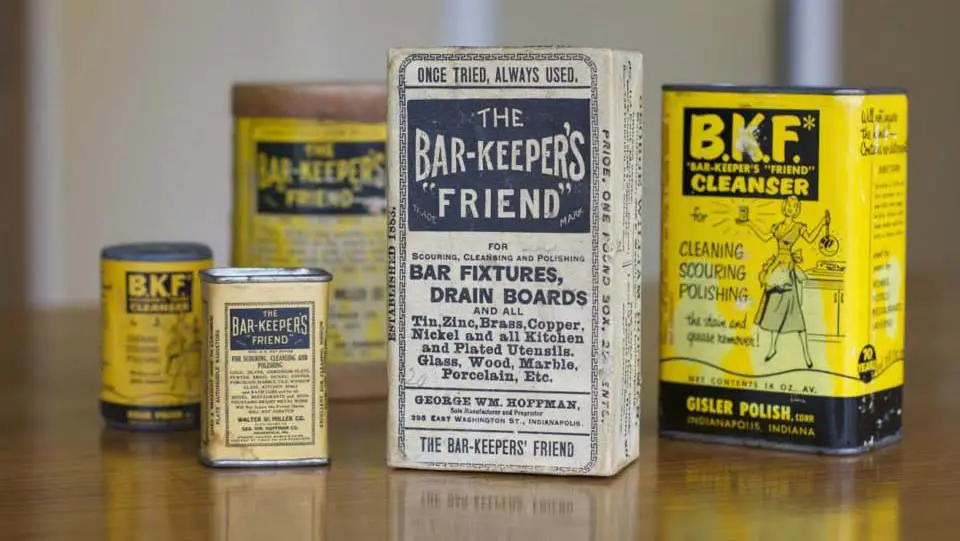
Bar Keeper’s Friend has been a trusted name in household cleaning since its introduction, known for its ability to clean, polish, and restore a variety of surfaces. Its original formula was especially effective at removing tough stains, polishing metal cookware, and even cleaning delicate surfaces like glass stovetops. Users valued its versatility and the way it could tackle multiple cleaning challenges with a single product.
Despite the brand’s continued presence, many overlook the original formula in favor of trendy, specialized cleaners. Its unique blend of oxalic acid made it particularly adept at tackling rust, tarnish, and hard water stains. Bar Keeper’s Friend remains a top choice for those who prefer a product with proven results over flashy marketing, notes Apartment Therapy. Its longevity speaks to the enduring trust it has earned from generations of users. For those who value efficiency and versatility in their cleaning routine, this product remains a standout option. Rediscovering the original formula reminds us of the enduring power of timeless cleaning solutions.
2. Bon Ami Powder Cleanser

Bon Ami Powder Cleanser, with its distinctive, gentle yet effective formula, has been a long-standing favorite for cleaning surfaces like sinks, tubs, and stovetops without scratching them. Unlike many abrasive cleaners, Bon Ami contains no harsh chemicals, making it an appealing option for eco-conscious consumers. Its key ingredients, such as feldspar, help to scrub away grime while remaining non-abrasive on most surfaces, preserving the integrity of kitchen and bathroom finishes. Originally, its popularity was bolstered by its safe and environmentally friendly reputation, making it a go-to in homes across America, but the 1886 formula was ultimately discontinued in 2022, according to the Bon Ami website.
Some environmental advocates still swear by it for cleaning jobs that require a gentle touch, particularly for delicate porcelain and ceramic items. The product remains available today, albeit in smaller quantities, reflecting a shift in consumer preferences towards convenience and higher-efficiency cleaners. Despite this, Bon Ami continues to hold nostalgic value for those who grew up with it and appreciate its simplicity and minimal ingredients. Its enduring presence is a testament to its effectiveness and the ongoing appeal of natural cleaning solutions.
3. Ox Gall Soap
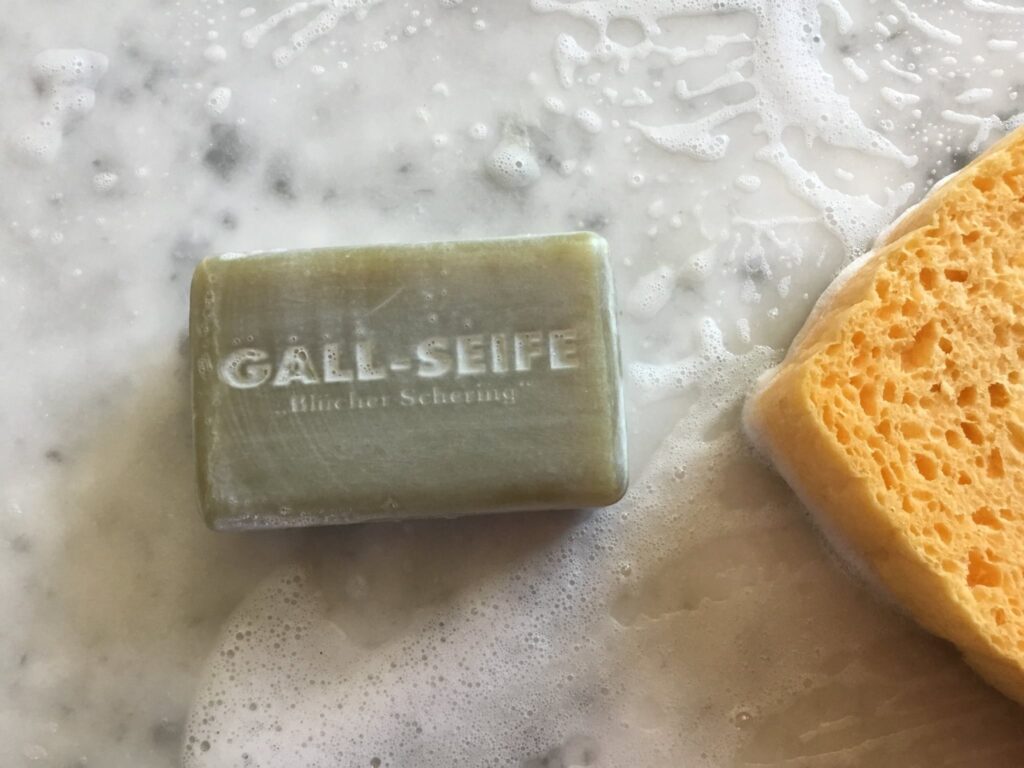
Ox gall soap was once a laundry room hero, praised for its ability to tackle tough stains like grease, ink, and wine without damaging delicate fabrics. Made from the bile of oxen, this soap’s powerful yet gentle nature made it particularly effective at breaking down oils and organic matter. For decades, it was the go-to solution for stains on fine clothing, particularly for fabrics like silk and wool. Unlike modern stain removers, which often contain harsh chemicals, ox gall soap relied on natural enzymes to gently lift stains while preserving the integrity of delicate materials, says Natural French Soap. It was particularly beloved by those who appreciated old-fashioned laundry methods and was often recommended by fabric care experts for its stain-removal abilities.
However, with the rise of more specialized, synthetic stain removers, ox gall soap has fallen out of favor with many households. The development of new cleaning agents has also reduced the need for such a specialized soap. Despite this, ox gall soap is still regarded by some as a superior option for stubborn stains that other modern products cannot tackle. The natural enzymatic action in ox gall soap has been heralded as more effective and gentler than some of the chemical alternatives on the market today. With the increasing demand for eco-friendly cleaning solutions, ox gall soap has seen a minor resurgence in recent years, as consumers seek out products that combine effectiveness with natural ingredients. Though it’s no longer a household staple, its legacy as a powerhouse for delicate fabrics remains strong among those who swear by it.
4. Lye-Based Drain Cleaners
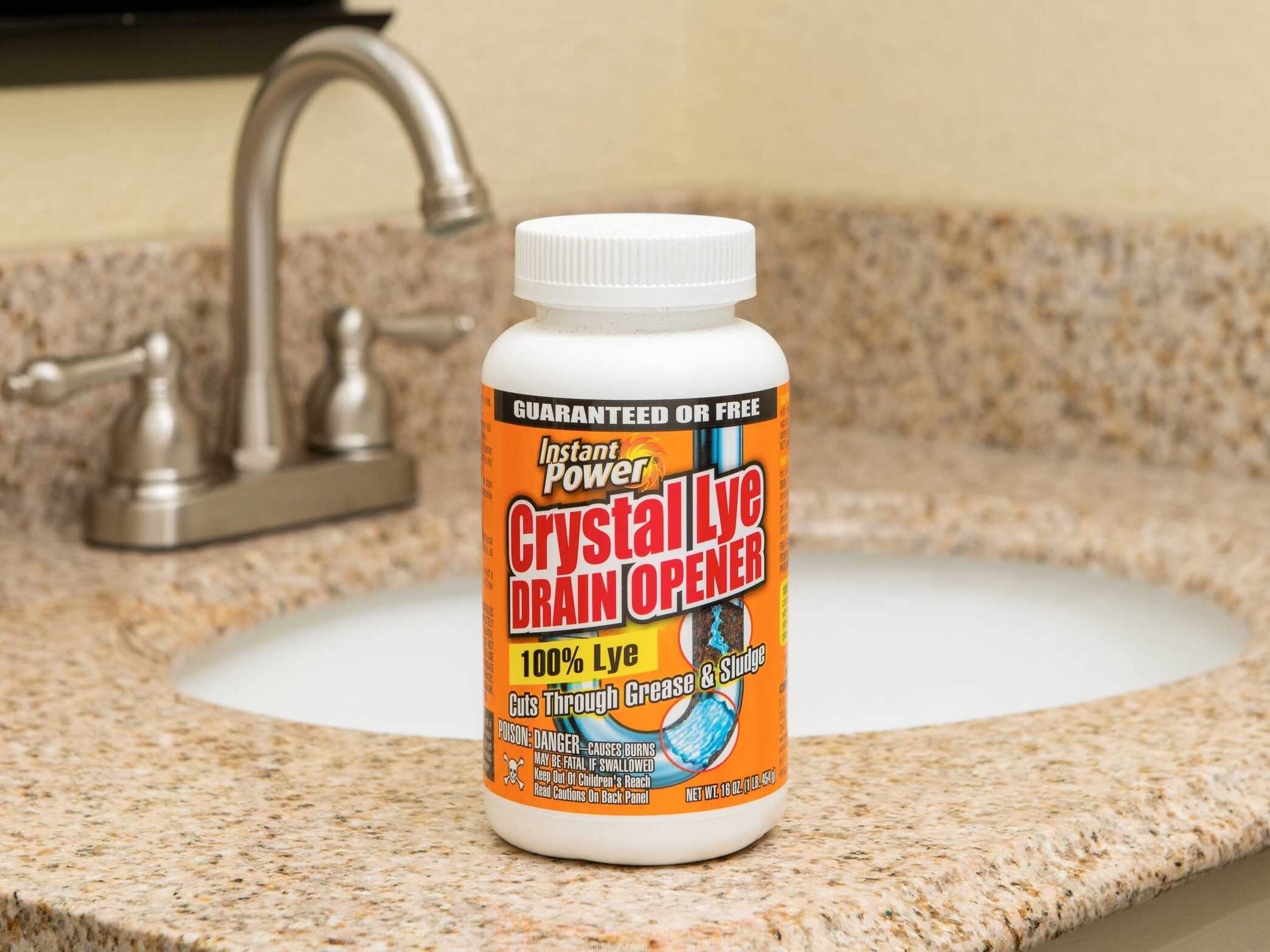
Lye-based drain cleaners were once the go-to solution for clogged pipes and stubborn blockages in homes. Lye, a strong alkaline substance, worked quickly to dissolve grease, hair, soap scum, and other common drain obstructions, says Consumer Reports. It’s a powerful chemical that can easily clear up clogs with its ability to break down organic matter. However, the highly caustic nature of lye makes it dangerous to handle, as it can cause severe chemical burns and respiratory distress if not used properly. This toxicity led to a significant decrease in the product’s popularity as safer alternatives, such as enzymatic drain cleaners, became widely available. These newer products are designed to break down clogs more gently and without posing such risks to human health.
Many local governments and environmental agencies also raised concerns over lye’s potential to cause damage to water systems and aquatic life when flushed down the drain. As a result, several regions have implemented restrictions on the sale of lye-based cleaners, pushing consumers toward safer, more environmentally friendly options. Despite its risks, some still prefer lye for its fast-acting nature and low cost, particularly when dealing with severe blockages. Today, lye-based drain cleaners are less commonly found on store shelves, as manufacturers have responded to consumer demand for safer, greener alternatives. The decline in use of lye reflects the broader trend of moving toward more responsible, sustainable cleaning solutions. However, lye still has a place in some professional settings where its power is unmatched, and careful handling procedures are in place.
5. Old-Fashioned Laundry Bluing
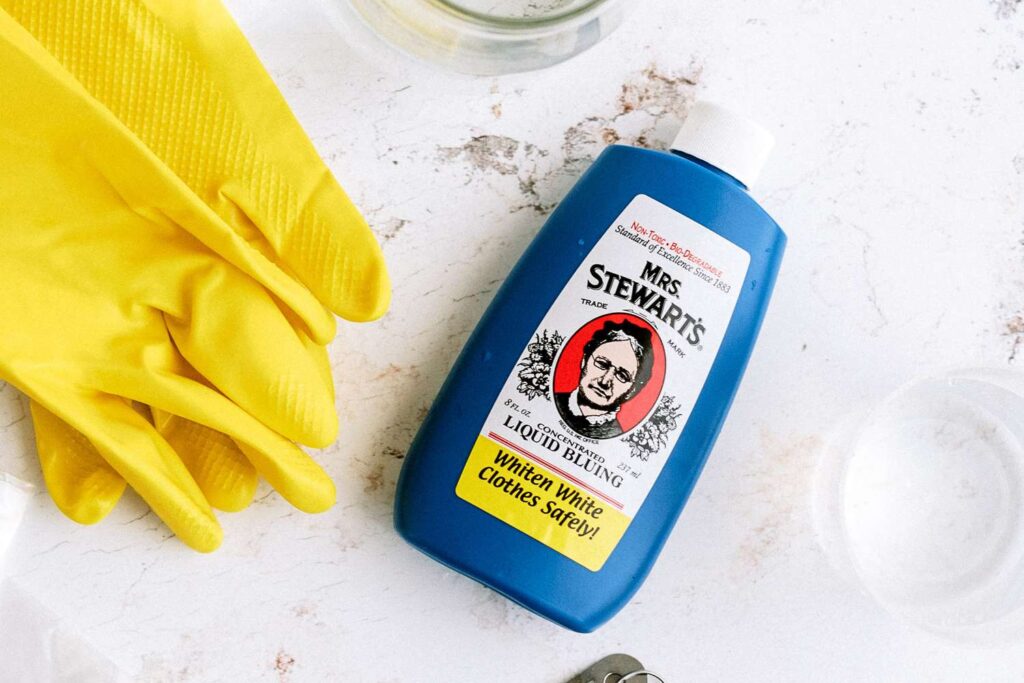
Old-fashioned laundry bluing, often seen in small bottles, was once the secret weapon for brightening white fabrics. Its primary function was to add a subtle blue tint to whites, counteracting the yellowing caused by aging fabrics, detergent residues, or exposure to the sun. The blue hue would make whites appear fresher and cleaner, an effect particularly prized for linens, uniforms, and other garments. The product, popular for decades, became synonymous with maintaining pristine, bright whites in a time before high-tech laundry detergents and whitening agents. Bluing was often favored over bleach for its gentler impact on fabric, particularly delicate materials like cotton and linen, where bleach could weaken fibers. Despite its effectiveness, the advent of modern laundry detergents, which often include brighteners and optical whiteners, led to a decline in the popularity of traditional bluing products.
Additionally, as bleaching agents became more advanced, some consumers found they no longer needed bluing to achieve the same bright, white results. However, Mrs. Stewart’s Bluing, one of the last remaining brands, continues to cater to a niche audience that appreciates the tried-and-true results it delivers. This product has retained a loyal following among those who prefer vintage laundry solutions and dislike the harsh chemicals found in modern products. While not as widely used today, laundry bluing still enjoys popularity among those who wish to maintain the historical tradition of laundry care or seek an alternative to bleach. The resurgence of interest in eco-friendly and non-toxic cleaning products may contribute to a renewed interest in laundry bluing as a safer, more natural alternative.
6. Carbon Tetrachloride Spot Remover
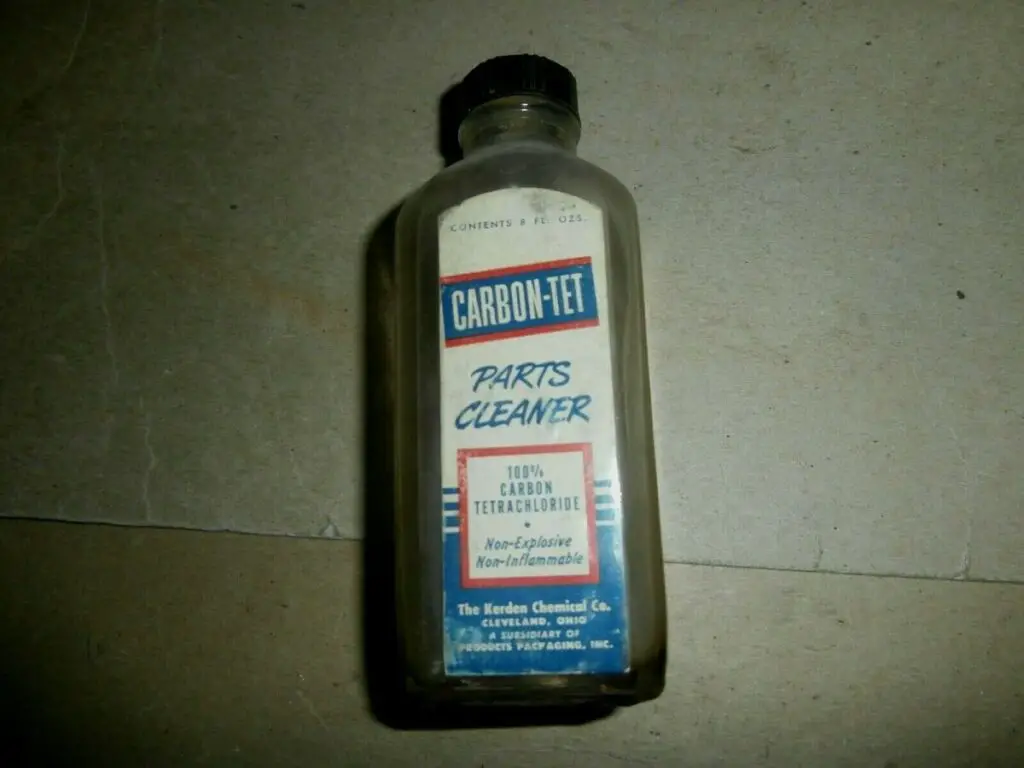
Once a staple in households, carbon tetrachloride spot remover was widely used for tackling stubborn stains on clothing and upholstery. Its powerful solvent properties made it highly effective at breaking down grease, oil, and other tough stains that were otherwise difficult to remove. Carbon tetrachloride earned its place in cleaning kits due to its unmatched ability to restore fabrics to their pristine condition. However, its widespread use began to decline in the mid-20th century as health and environmental concerns came to light.
Today, safer alternatives are available, but none quite match the sheer effectiveness of this once-popular cleaner. Despite its removal from the market, carbon tetrachloride remains a symbol of a bygone era when industrial strength often trumped safety concerns. For modern users, it serves as a cautionary tale about balancing cleaning power with environmental and personal health considerations.
7. Zud Cleaner
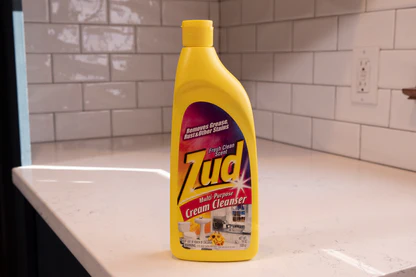
Zud Cleaner earned its reputation as a household powerhouse for removing stubborn stains like rust, hard water marks, and tarnish from metal and porcelain surfaces. Its gritty texture and potent formula delivered results that outshined many of today’s scrubbing powders. Homeowners relied on Zud for everything from polishing kitchen sinks to restoring the shine to old fixtures. Its effectiveness made it an essential part of cleaning routines for those dealing with tough grime. However, the cleaner’s strong smell and heavy abrasiveness could be off-putting to some users.
As newer, milder options emerged, Zud began to fade into the background, despite its superior performance in niche applications. It remains a trusted product among those who value results over convenience. For particularly challenging cleaning jobs, few products can rival Zud’s capability to leave surfaces spotless. Even with its decline in mainstream popularity, it continues to have a devoted following among those who appreciate its no-nonsense cleaning power. Its effectiveness and durability keep it relevant for specific tasks even today.
8. Fuller Brushes
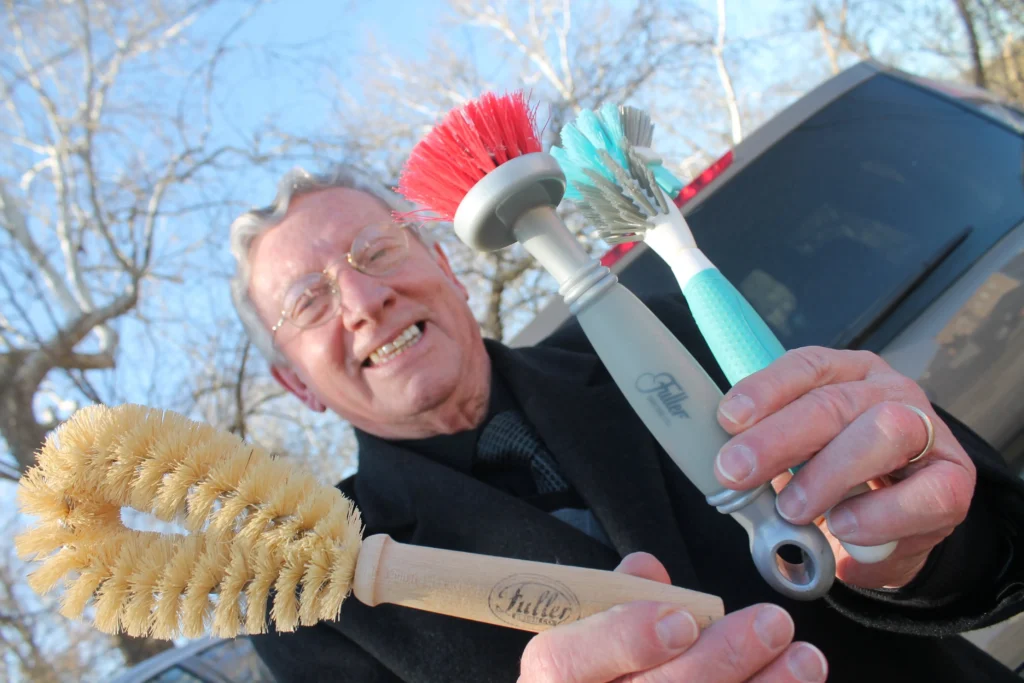
Fuller Brushes, synonymous with quality and longevity, were once a fixture in nearly every household. Designed for a variety of tasks, these brushes tackled everything from scrubbing floors and cleaning bottles to dusting delicate surfaces. Their durability and efficiency made them a trusted choice for decades. The company’s direct-to-customer sales approach added a personal touch, fostering loyalty among users.
Despite the rise of mass-produced alternatives, which often prioritize cost over quality, Fuller Brushes have maintained a niche appeal. While many modern brushes wear out quickly, these stood the test of time, offering unparalleled performance. Some consumers have turned back to Fuller for specialized cleaning tasks, valuing their unique craftsmanship. The brand’s legacy endures, with its products still available for those who seek lasting quality. Fuller Brushes remind us that sometimes, traditional tools can outperform even the most innovative modern solutions. Their enduring reputation proves that quality craftsmanship is never truly out of style.
9. Borax
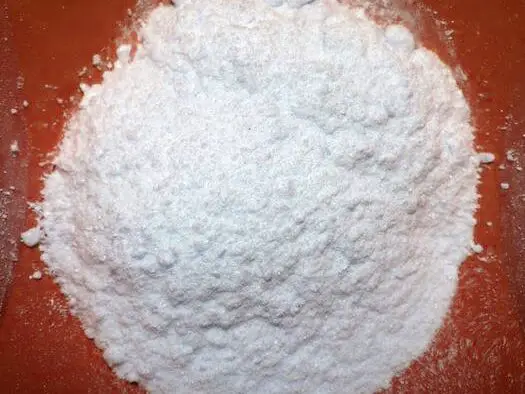
Borax was a household staple for decades, celebrated for its versatility and cleaning power. This naturally occurring mineral served as a booster for laundry detergents, increasing their effectiveness on tough stains. Borax also tackled soap scum, deodorized carpets, and even acted as a mild insect repellent. Its multifunctional nature made it an essential part of many cleaning routines. Eco-conscious users appreciated its natural composition and biodegradability, long before green cleaning became a trend.
While still available, borax has largely been replaced by branded multi-purpose cleaners marketed as more convenient and specialized. However, its affordability and effectiveness keep it a favorite among those who prefer natural cleaning solutions. Beyond cleaning, borax is often used in DIY projects like homemade slime, showcasing its continued relevance in modern households. Its ability to handle a wide range of tasks makes it an enduring symbol of practical, no-frills cleaning. For those seeking simplicity and cost-effectiveness, borax remains an exceptional choice.
10. Chlorinated Scouring Powder
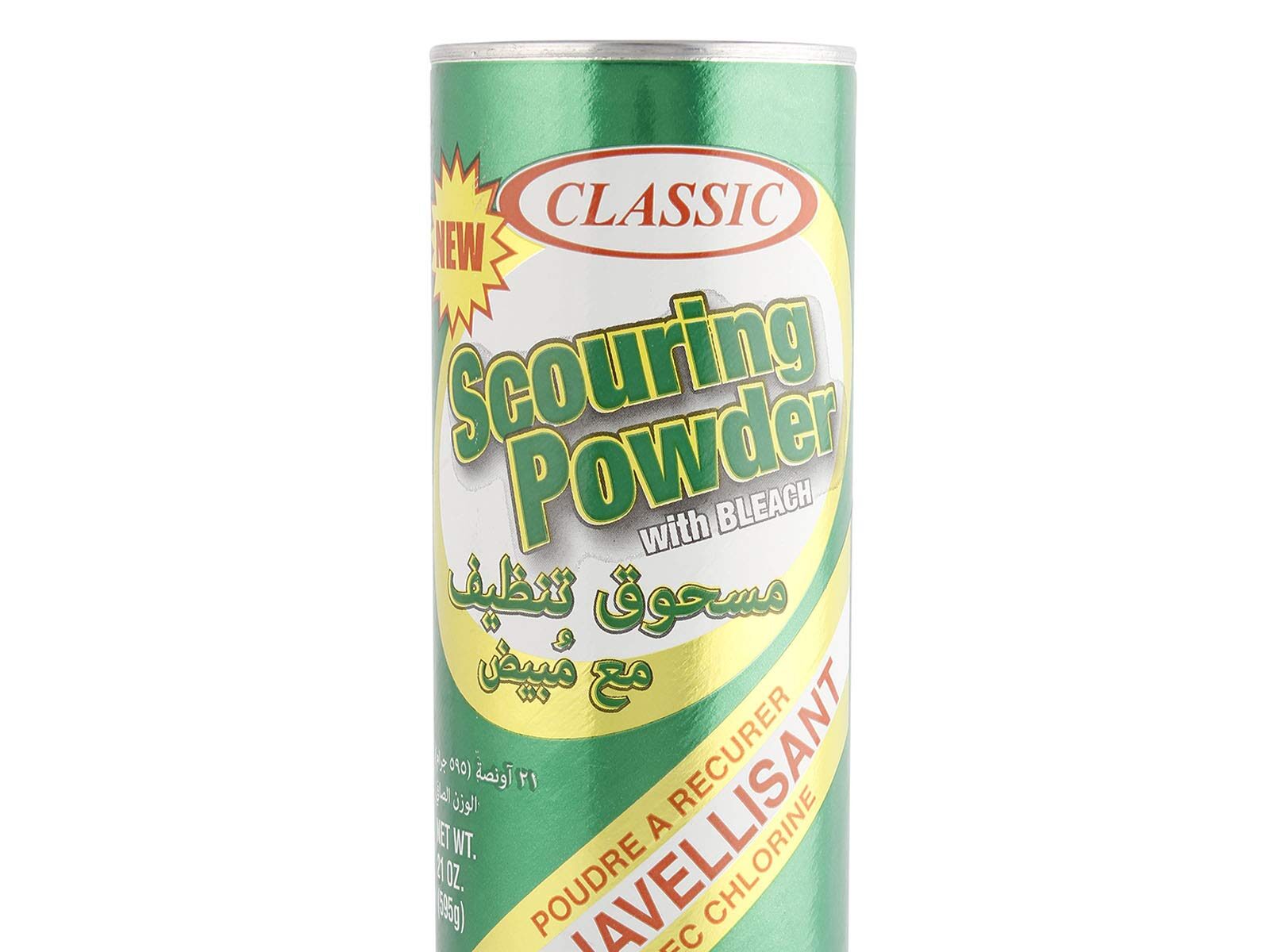
Once a household standard, chlorinated scouring powders like Comet were prized for their ability to obliterate tough grime, mold, and mildew. Their powerful chlorine-based formulations offered unparalleled cleaning power, making them indispensable for bathrooms and kitchens. These products excelled at restoring the sparkle to sinks, tiles, and countertops. Over time, concerns about environmental impact and chemical safety led to the reformulation of many scouring powders, reducing their strength.
While modern versions are gentler, they often fail to deliver the same transformative results. Some users still miss the original formula’s robust cleaning power despite its strong chemical scent. Chlorinated scouring powders represent an era when effectiveness was prioritized over convenience or environmental concerns. They remain available, but their diminished potency has shifted consumer preferences toward other products. For those tackling severe stains, these powders still hold a nostalgic appeal for their once-unmatched cleaning prowess. Their legacy is a testament to the trade-offs between effectiveness and sustainability in cleaning products.
11. Ammonia Solution

Ammonia solution was once considered a powerhouse when it came to cleaning stubborn grease, grime, and dirt on surfaces like windows, countertops, and floors. Its unmatched ability to cut through oil and grime made it a household staple, particularly in kitchens. However, the strong, pungent odor of ammonia and its potential dangers, particularly when mixed with bleach, led to a decline in its popularity. Ammonia is a caustic substance, and exposure to it can cause irritation to the skin, eyes, and respiratory system, which raised significant safety concerns for many families.
Some people continue to swear by it for cleaning glass, as it helps to create a streak-free shine. As a result, while ammonia’s use has diminished, it is still regarded as a tried-and-true option for serious cleaning needs. In recent years, there have been attempts to reduce ammonia’s environmental impact, including producing more concentrated forms that require less water and packaging. It’s clear that ammonia’s history in cleaning is rich, but its future is uncertain as safer alternatives continue to gain popularity.
12. Homemade Vinegar and Baking Soda Mix

Homemade vinegar and baking soda solutions were a universal go-to for countless household cleaning tasks, making them a beloved staple in many homes. This versatile mix tackled everything from unclogging drains to deodorizing countertops and refreshing laundry. The chemical reaction between vinegar and baking soda produced carbon dioxide, creating an effective bubbling action that lifted grime and odors. Its natural, non-toxic composition made it a safe choice for homes with children and pets. Despite its simplicity, it outperformed many commercial products in areas like stain removal and surface cleaning.
This DIY method also allowed people to avoid harmful chemicals and stick to a more eco-friendly lifestyle. While it remains popular in some circles, the allure of ready-made, scented cleaning solutions has caused a decline in its usage. For those seeking a budget-friendly and sustainable option, the vinegar and baking soda mix remains a powerhouse. The combination also works wonders as an abrasive scrub for stubborn stains when used with a cloth or brush. Its effectiveness and environmental benefits ensure it has a dedicated, if smaller, fan base today.
